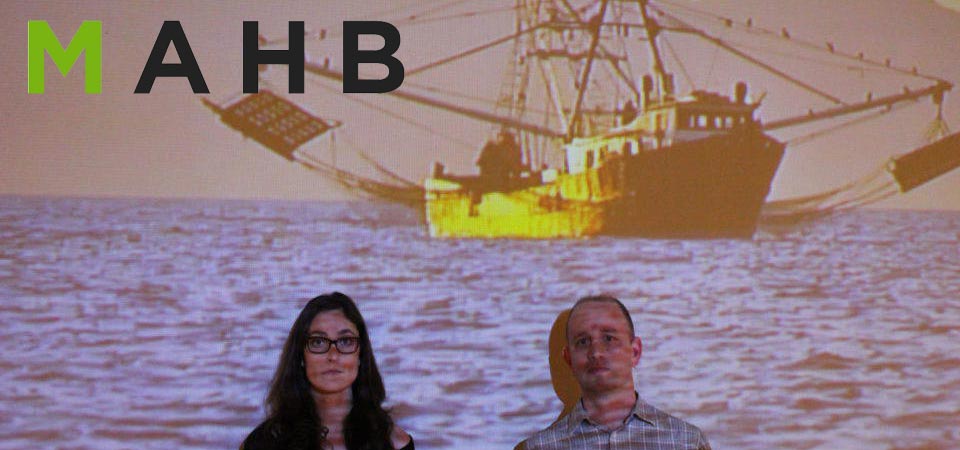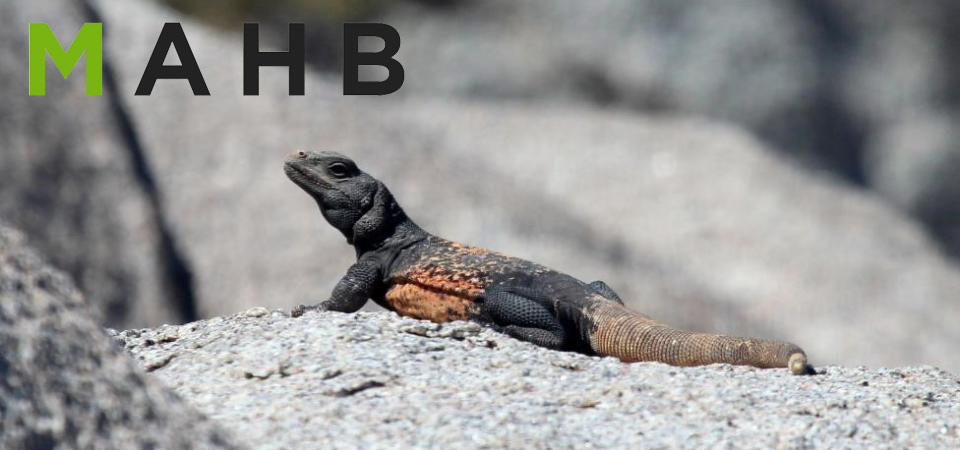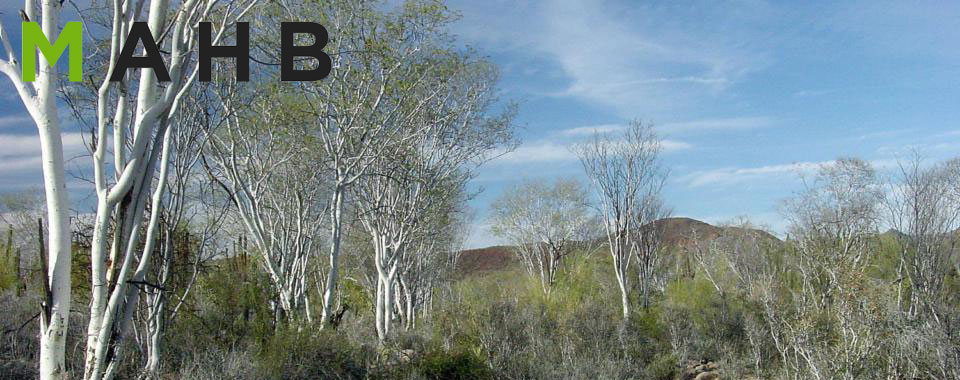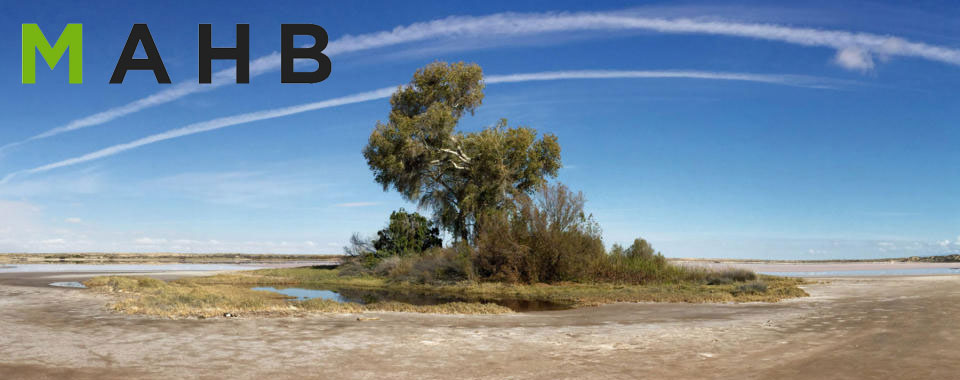Bycatch –The Complexities of Shrimp Trawling in the Gulf of California: A collaboration between Maria Johnson and Eric Magrane

Johnson and Magrane in front of Bycatch video installation at University of Arizona Museum of Art, February 2017, courtesy of Maria Johnson and Eric Magrane; photo courtesy of Gina Compitello, University of Arizona Museum of Art
Gavenus, Erika, Johnson, Maria, Magrane, Eric | May 25, 2017
You walk in and find your friend already seated at a bar table near the back of the room. As you approach you note that they have gone ahead and ordered some glasses of wine and beautiful shrimp cocktails. You pull up a stool and prepare to dig in, but notice something unexpected –a large installation on the wall is playing a video. As you watch, you realize the video is showing the process of shrimp trawling in the Gulf of California. The process behind the shrimp so elegantly displayed before you. A process so rarely considered, shared, or depicted –something it has in common with many of our food systems.




